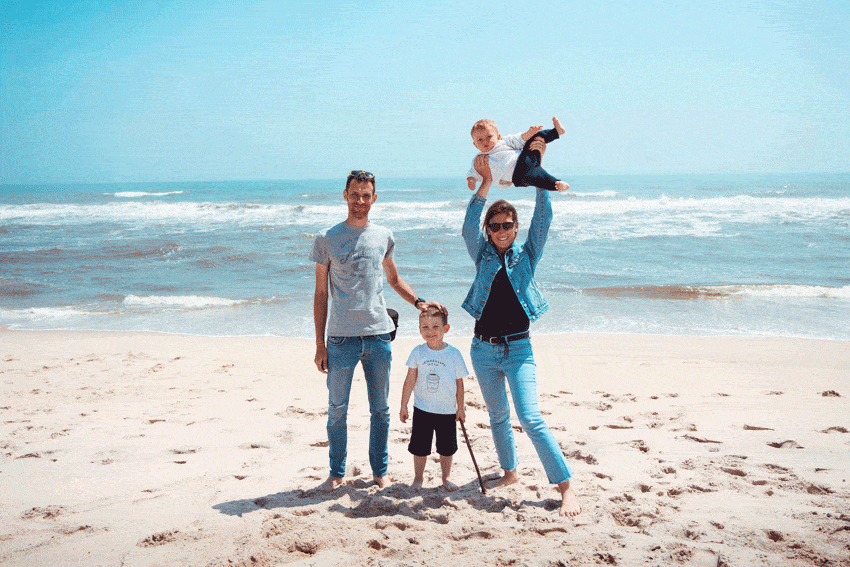
In this column last week, we looked at the importance of families and forming bonds between these in faith as a key dynamic which can both neutralise the toxic anti-culture surrounding young people and open the door to personal conversion of all family members.
That this work is vital to the future of the Church in Australia should be clear to most. The Church has been losing droves of the young from its ranks for the best part of a century. This reality is so clear to everyone that it formed a significant part of the deliberations of the first assembly of the Plenary council concluded on the weekend.
Part of the problem is that there has been relatively little analysis and deep thinking on the part of the Church in this country as to why this situation has evolved and therefore how to address it. Another aspect is the widespread adoption by the Church of a pseudo-corporate model of administration, mimicking the Australian commercial sector coupled with – in youth ministry – the employment of individuals who are not themselves well-formed in their faith, whatever their general enthusiasms may be.
Why this is important should be obvious: success in preserving and then growing faith in families and among young people is the key to the new evangelisation. The wrong approach without well-formed cadres is never going to have more than sporadic and short-lived local success.
But there is good news. In Italy today there is a booming Catholic youth ministry centred on the northern Italian Province of Lombardy, founded in 2002, but which has gradually spread throughout the rest of the country. It is one of the real successes of the Italian Church.
It is known as the Oratorio and can ultimately trace its roots back to St Philip Neri (1515-1595) via St Don Bosco (1815-1888) and Maddalena Gabriella di Canossa (1774-1835), the founder of the Canossian Sisters. It is worth realising that there are now around 7,000 oratori spread throughout that nation, with about 3000-3500 based in Lombardy itself. About 1500 are located in the Archdiocese of Milan alone.
The heart of the oratori are not so much structures or physical spaces for youth activities – they are far more. The President of the Italian Oratori Forum (FOI) told Australian Catholic media a decade ago that while facilities such as cinemas, playing fields, recreation rooms and rooms for religious instruction were important in oratory activities, what was critical were the young and mature leaders who are at the heart of it. “And the youth respond,” he said. “At the moment, there are a million and a half young people participating regularly in the Oratorio activities.”
Aside from the children, youth and students who regularly participate, an estimated 250,000 volunteers (mainly lay, but also clerical and religious) are continually and actively engaged, contributing their time, energy and educational skills. The mainstay of any oratorio is the daily presence of catechists, sports enthusiasts, people responsible for the upkeep and maintenance of facilities.
What is interesting is that the number of young Italians who participate in the range of religious, sporting and social activities at the heart of the oratori is estimated to be around 3 million, if the many who come and go, with variable degrees of commitment are taken into account. The growth and scope of Oratorio activities and the numbers participating in it meant that the FOI was placed under the pastoral leadership of the Italian Bishops’ Conference.
The FOI brings together 40 or so leaders in the field, representing lay and religious associations running youth ministries. Its main purpose is to monitor developments within the vast number of oratori and facilitate the cross-fertilising of the experiences gained. While a diversity of methods and approaches are used, a common thread runs through them all: at least one, but often several, parishes joining forces to share physical spaces and personnel for their youth work.
The presence of priests is essential because serious faith formation, liturgy and sacraments are at the heart of Oratory life, but often priests remain in the background as spiritual resources, allowing laity to do much of the work. In Milan, the success of the oratori has led to the creation of the Aquila and Priscilla Co-operative, run entirely by laity. Also underpinning their success is the perception by the young that the oratori are communities of living faith of a kind they have not experienced elsewhere.
It has been said that what one man can do, another can as well. The size, scope and success of Catholic youth ministry in Italy through the oratori should cause someone, somewhere, in the Church in Australia to think about investigating these with a view to learning what we might be able to discover – and applying the lessons here as well.
Related:
